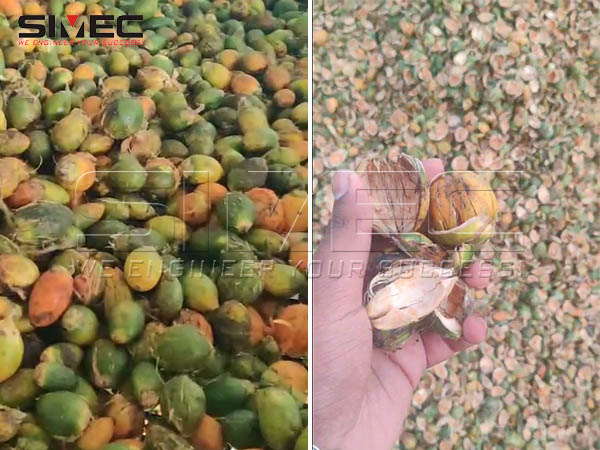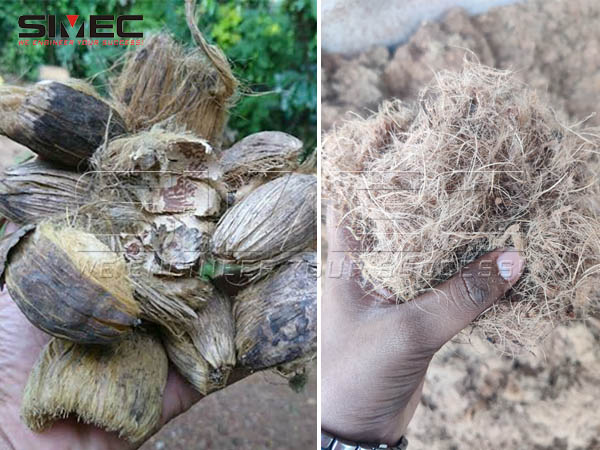Analysis about Producing Areca Nut Husk Pellets
As an important economic crop, areca cultivation is widely distributed in tropical regions. Areca nut processing plants generate millions of tons of biomass wastes each year. As the major waste, areca nut husks are rich in cellulose and lignin. Research shows that after processing, the energy density of areca nut husks can reach 14.5-16.75 MJ/kg, and the sulfur content is low (<0.1%), which means less pollution when burned. Therefore, it's feasible to produce qualified biomass fuel using areca nut husks as raw material, with the help of pelletization technology.


(1) Pre-drying
Areca nut processing industry generates a lot of fresh husks, which have moisture content about 30%-50%. The areca nut husks need to be dried and bring the moisture content down to about 10%-15%.
(2) Sorting and crushing
The dried husks need to be sorted to remove impurities such as sand and stones, and then be processed into 3-5 mm fiber fragments through a crusher. This step can increase the specific surface area of the raw material and facilitate subsequent pressing and molding.
(3) Fiber pelleting
The crushed fibers can be compressed into diameter 8 mm biomass pellets through high-pressure pelleting technology. During the pelleting process, the engineered temperature and pressure will soften the fibers, activate the lignin and naturally bond it into shape without the need to add additional adhesives. Bulk density of areca nut husk pellets can achieve 550-650 kg/m³.
Areca nut husk pellets show a unique combination of combustion characteristics. It is particularly noteworthy that Areca nut husk pellet has a high ash melting point (1150-1200℃), which makes it particularly suitable for industrial boiler application scenarios that require high-temperature stable combustion.
Analysis results of areca nut husk pellets:
| Sr. | Parameter | Unit | Value |
| Proximate Analysis | |||
| 1. | Ash | % | 11.54 |
| 2. | Moisture | % | 05.50 |
| 3. | Volatile Matter | % | 74.36 |
| 4. | Fixed Carbon | % | 08.60 |
| 5. | Gross Calorific Value(A.D.B.) | Kcal/Kg | 4035 |
| 6. | Net Calorific Value | Kcal/Kg | 3691 |
| Ultimate Analysis | |||
| 7. | Carbon | % | 48.12 |
| 8. | Hydrogen | % | 06.51 |
| 9. | Nitrogen | % | 00.77 |
| 10. | Elemental Sulphur | % | <0.10 |
| 11. | Oxygen | % | 27.56 |